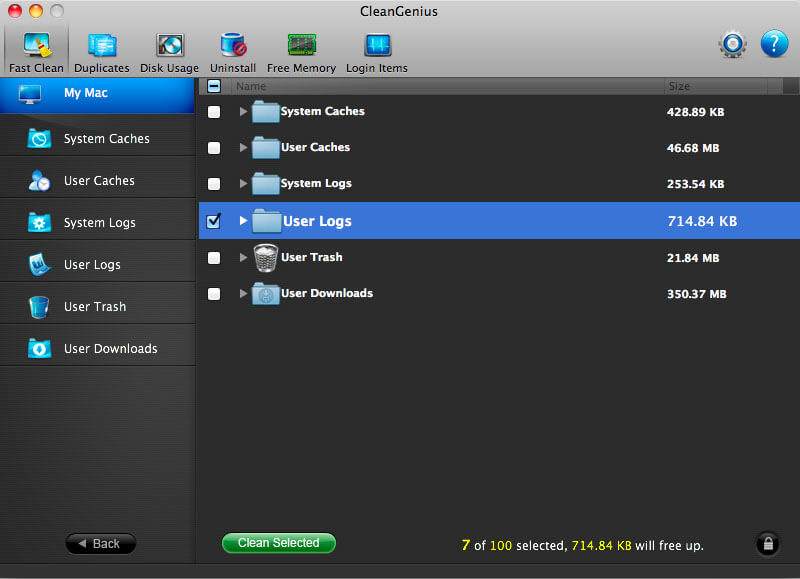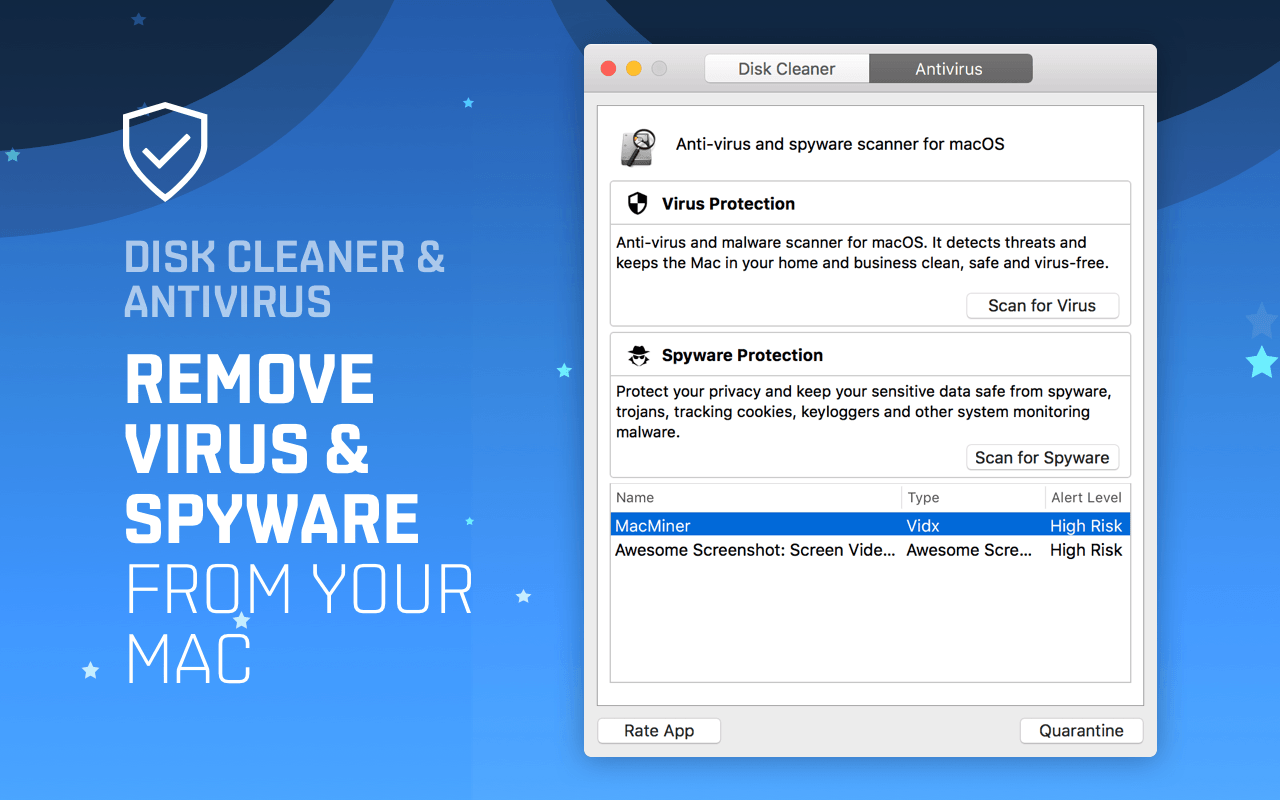Which Is The Disk Cleaner For Mac

Which is the disk cleaner for Mac? For Windows, the utility or tool used to clean the hard drive is Disk Cleanup. For Mac OS X, the equivalent of Disk Cleanup is the Disk Utility application. It is normally used to repair the hard drive but it can also be used to clean the drive for unwanted files and junk files. To open Disk Utility, on your Mac double-click your main drive or the drive where the operating system is installed. Next, go to Applications, Utilities, and then select Disk Utility. In Disk Utility, select First Aid tab and then click Repair Disk.

It will perform proper disk maintenance and will delete junk files on your hard drive. Aside from Disk Utility, you can also use OnyX to cleanup your hard drive. It can improve the performance of your Finder, clean the system, enable hidden functions, and more. Visit to download the utility.
There are different versions of OnyX for different versions of Mac OS X so make sure to download the correct version for your operating system.
You can use Disk Cleaner to reduce the number of unnecessary files on your drives, which can help your Mac run faster. It can delete temporary files and system files, empty the Trash Can, and remove a variety of other items that you might no longer need. Disk Cleaner will help to clean:. application caches. application log files.
browser data. trash can. downloads folder. mail downloads folder. large files (files within your user folder that are greater than 100 MB). old iPhone/iPad backups. uninstall applications (.app files must be removed What's New in Disk Cleaner.
You can use Disk Cleaner to reduce the number of unnecessary files on your drives, which can help your Mac run faster. It can delete temporary files and system files, empty the Trash Can, and remove a variety of other items that you might no longer need. Disk Cleaner will help to clean:. application caches. application log files.

Best Disk Cleaner For Mac
browser data. trash can. downloads folder. mail downloads folder. large files (files within your user folder that are greater than 100 MB). old iPhone/iPad backups. uninstall applications (.app files must be removed manually).